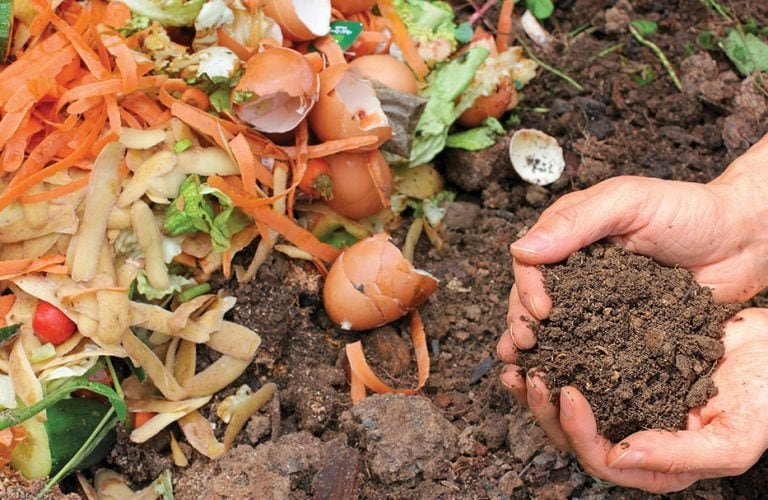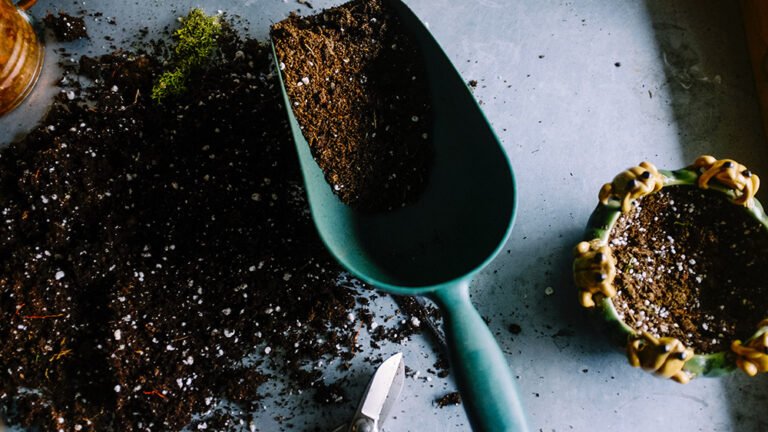If you are an environmental enthusiast or if you just care enough about the planet to take an interest in saving it, you’re bound to have heard the terms biodegradable and compostable. Environmentalists often use the terms to describe a wide range of items that human beings produce, use and discard; but is there a difference between the two? It turns out there is. On the face of it, they may seem to mean the same thing, but a closer look will reveal that biodegradable and compostable are not exactly clear cut terms. The standard length of time it takes for plastic to biodegrade, for example, varies depending on the manufacturer.
Biodegradable
Most items you can find on earth are biodegradable to some degree and some are fully biodegradable. Biodegradable Items are items that eventually degrade or break down and merge with the soil. In other words, they eventually become organic matter. The length of time that this takes varies (from around 3 weeks to 1000 years) depending on the nature of the item.
Bioplastics, for instance, do break down over time but because of the length of time that the process takes as well as the type of environment needed manufacturers cannot legally label bioplastics as compostable. Bioplastics that don’t break down efficiently in domestic composts may do so in other controlled environments.

Compostable
All compostable items are biodegradable. In other words, they degrade or break down, to become part of the soil over time. Compostable material becomes fully organic at the end of the biodegrading process. The closer to organic an item is, the more compostable it is. This is why vegetable scraps, nutshells, leaves, and grass cuttings fit easily into this category.
Distinguishing Between the Two
There are some items that are biodegradable but not compostable. They cannot be used in domestic composting because they take many years to break down and they do not add value to the soil. Some are harmful to the soil. Additionally, they may also need assistance outside of nature in order to fully break down. In recent years, environmentally savvy manufacturers and brands have been producing and making available to the public, biodegradable alternatives to traditional plastics. These bioplastics eventually break down to become organic matter without toxic side effects on the soil.
Items that break down faster (within months) are more suitable for domestic composting and are therefore classified as compostable. In addition to the length of time that an item takes to break down, environmentalists also consider the nature of its impact on the earth. If the degrading process results in toxic additions to the environment, then the item, though biodegradable, cannot be considered compostable.
There are global standards and regulations that determine which items can be classified as compostable. In addition to the global standards, each country or jurisdiction also has its own standards. These standards essentially focus on the length of time the item takes to break down completely (some define degradable as those items that complete the break-down process in one year or less) and the impact it has on the surroundings after degrading. In other words, compostable materials are those items that are approved as having the capacity to break down completely within a relatively short space of time without harming the surroundings.

The UK Perspective
In July of 2019, the UK’s Departments of Business Energy and Industrial Strategy and Environment Food and Rural Affairs embarked on a consultative thrust to determine the country’s standards for compostable, biodegradable, and bio-based plastics. The resulting policy document, A Review of Standards for Biodegradable Plastics, crafted by the Industrial Biotechnology Innovation Centre reveals that they determined that in order for a plastic (or polymer) item to be legally classified as biodegradable it needs to break down fully into organic solid liquid or gas when acted upon by microorganisms.
According to the document, those items that require non-biological assistance (for example the use of lighting) to aid the degrading process are not considered biodegradable. They also determined that the word compostable is applicable to items that will degrade into organic matter in specific conditions. Items that leave toxic residue behind after degrading are not considered compostable.
In essence, therefore, compostable materials are simply put, a subset of biodegradable materials. Additionally, compostable items require less time, effort, and resources to make the transition into organic matter than non-compostable material. But when an item is labelled non-compostable it doesn’t mean it cannot break down into organic matter or is toxic to the environment.








